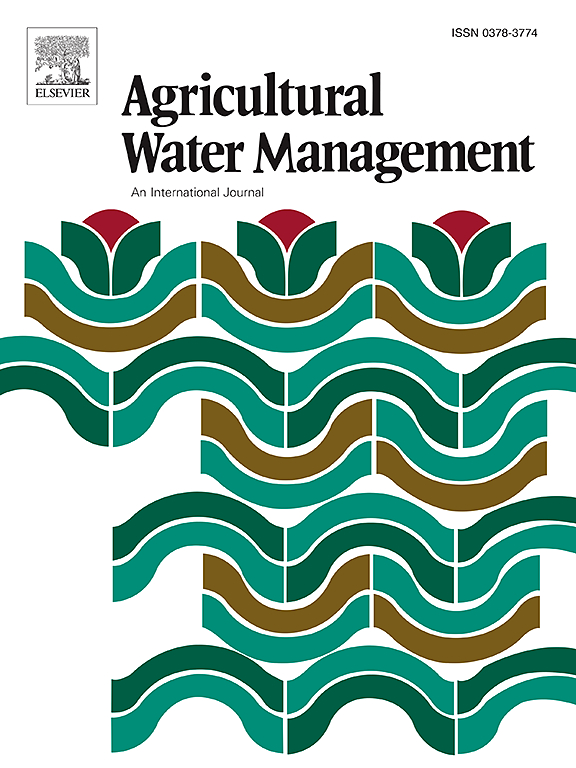Using remote sensing and machine learning to generate 100-cm soil moisture at 30-m resolution for the black soil region of China: Implication for agricultural water management
IF 5.9
1区 农林科学
Q1 AGRONOMY
引用次数: 0
Abstract
Multi-layer soil moisture is an important factor in predicting agricultural droughts and waterlogging, with significant implications for the growth, development, and yield prediction of rain fed crops. However, soil moisture datasets or algorithms fail to simultaneously meet the requirements of multi-layer, high spatiotemporal resolution soil moisture information for large-scale agricultural production areas. To fill this gap, we propose a novel framework for estimation high spatial resolution multi-layer soil moisture data. Firstly, utilizing the Google Earth Engine (GEE) platform and Enhanced Spatial and Temporal Adaptive Reflectance Fusion Model (ESTARFM), we achieve the fusion of multi-source remote sensing data at large scales to obtain high spatiotemporal resolution Normalized Difference Vegetation Index (NDVI) and Land Surface Temperature (LST) data. Secondly, leveraging the Extreme Gradient Boosting (XGBoost) model along with reanalysis and in-situ measurements, we estimate soil moisture information across depths of 0–100 cm depth by 10 cm interval over large geographical extents. Finally, the accuracy of the soil moisture model is assessed using metrics such as Pearson correlation coefficient, root mean square error (RMSE), unbiased RMSE (ubRMSE), and bias. To assess the applicability of our research methodology, we selected the typical black soil zone in Northeast of China, which is one of the four major black soil regions globally and characterized by intensive agricultural activities. We estimated the long-term time series of soil moisture information during the growing seasons from 2000 to 2020 in this study area. We found that the soil moisture simulation based on the XGBoost model the worst values of R, RMSE, ubRMSE, and Bias values for the training set are 0.86,1.49,1.49 and −0.039 respectively. For the validation set, the worst value of R is 0.83. The proposed methodology in this study enables the acquisition of soil moisture information with both large-scale coverage and high spatiotemporal resolution. This advancement holds significant promise for fine-scale research and applications in agricultural, hydrological, and environmental fields.
求助全文
约1分钟内获得全文
求助全文
来源期刊

Agricultural Water Management
农林科学-农艺学
CiteScore
12.10
自引率
14.90%
发文量
648
审稿时长
4.9 months
期刊介绍:
Agricultural Water Management publishes papers of international significance relating to the science, economics, and policy of agricultural water management. In all cases, manuscripts must address implications and provide insight regarding agricultural water management.
 求助内容:
求助内容: 应助结果提醒方式:
应助结果提醒方式:


